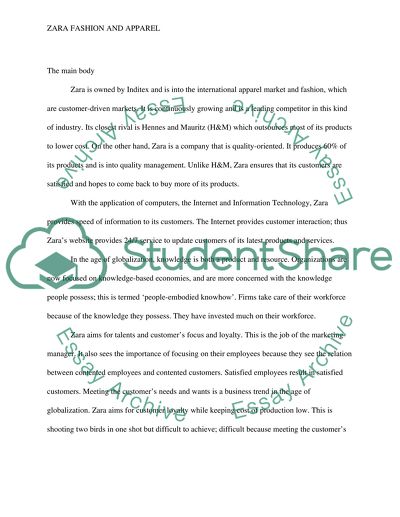Cite this document
(“Strategic supply chain & logistics management Essay - 1”, n.d.)
Retrieved from https://studentshare.org/environmental-studies/1420532-strategic-supply-chain-logistics-management
Retrieved from https://studentshare.org/environmental-studies/1420532-strategic-supply-chain-logistics-management
(Strategic Supply Chain & Logistics Management Essay - 1)
https://studentshare.org/environmental-studies/1420532-strategic-supply-chain-logistics-management.
https://studentshare.org/environmental-studies/1420532-strategic-supply-chain-logistics-management.
“Strategic Supply Chain & Logistics Management Essay - 1”, n.d. https://studentshare.org/environmental-studies/1420532-strategic-supply-chain-logistics-management.


